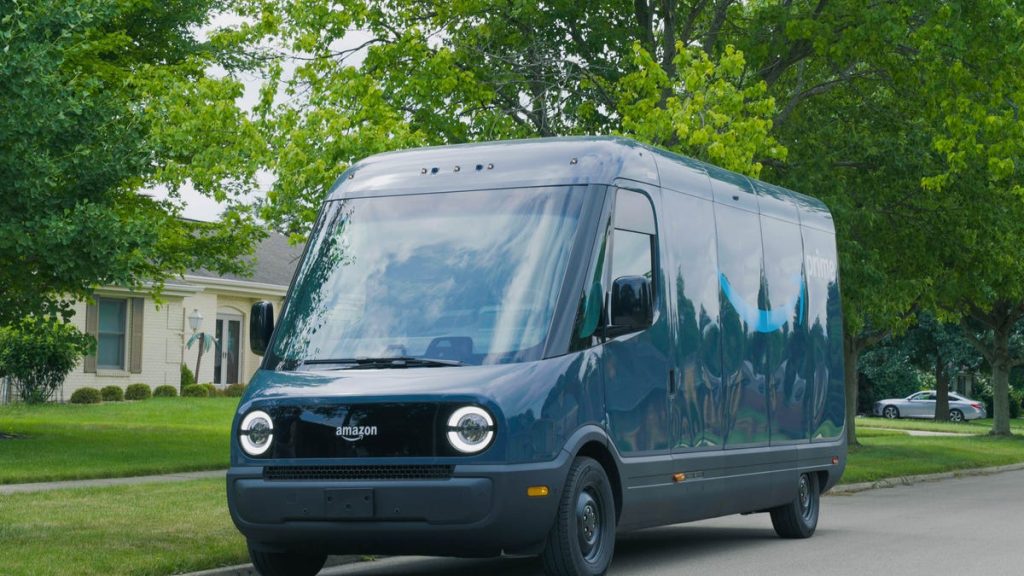Rivian and Amazon’s Electric Delivery Van Is a Big Box With a Seriously Clever Design

This big electric van was designed to be cute and friendly, and we kind of hate that it works.Photo: Rivian
Now, on the surface of things, cargo vans and delivery vehicles aren’t that interesting. They’re big boxes designed to be cheap to run, reliable and capacious, but that’s where things stop. That’s not the case for the Rivian-produced Amazon Electric Delivery Vehicle (EDV), though, because, with Amazon, efficiency is king (except when they ship tiny things in huge boxes, seriously, WTF?).
To nail down a final spec for the EDV, Amazon’s partner Rivian spent a ton of time with package delivery drivers as well as combing through data to determine which features and specifications the ideal Amazon van would need. Of course, whenever someone talks about vehicle features, Doug DeMuro’s ears tingle, so here’s his overview of the Amazon Rivian EDV.
The Rivian Electric Amazon Delivery Van Is Highly Innovative and Incredibly Cool
All of the design decisions made here are fascinating, like the decision to put the extra window over the driver’s door to make the door openings symmetrical for future right-hand drive variants or the choice of going with two steps rather than three on the right-side door because drivers never used the third one in testing.
We love this kind of engineering and design work because it forces vehicle designers to get creative and work really hard to improve the experience of a vehicle without solely relying on electric gadgets and gizmos. It’s the same reason we love the Ford Maverick, for example.
The only real bummers about this whole EDV thing are that A: we’ll likely never get to drive one, and B: Amazon is a pretty crappy company where the treatment of its workers is concerned. The second one is way more of a bummer than the first one.




